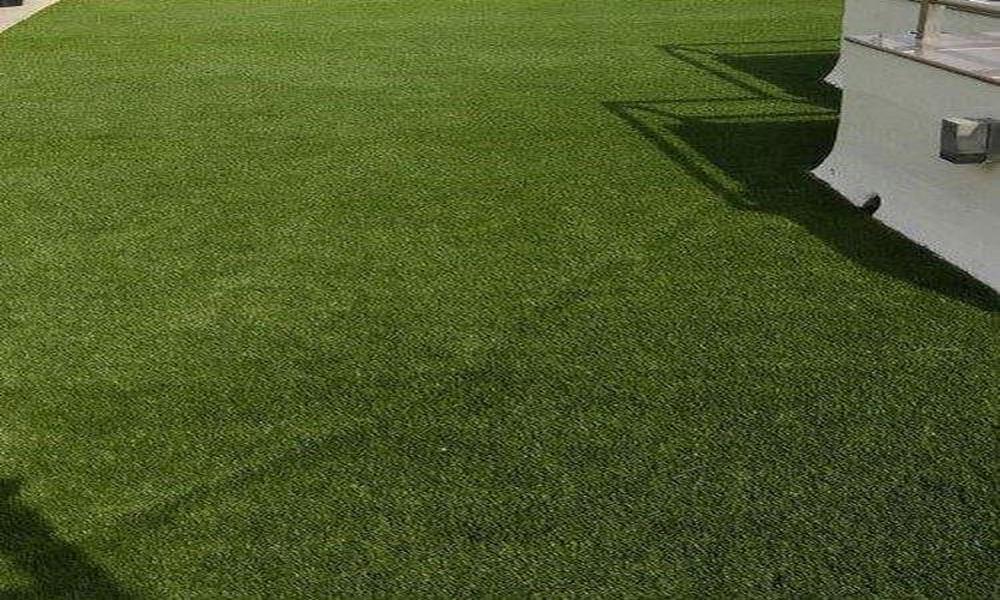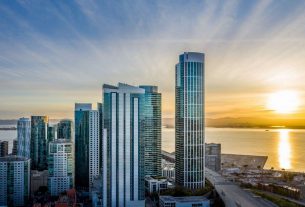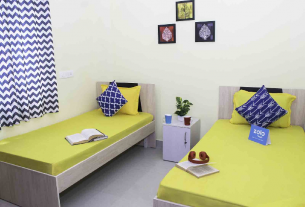- Nylon: Nylon is a durable and resilient material, making it a popular choice for high-traffic areas such as sports fields and playgrounds.
- Polyethylene: Polyethylene is a softer material that closely resembles natural grass in both appearance and texture, making it ideal for residential lawns and landscaping.
- Polypropylene: Polypropylene is a more affordable option that is often used for low-traffic areas, such as balconies or patios.
- Hybrid: Hybrid grass combines different types of artificial grass fibers to create a more realistic appearance, often including a mix of nylon, polyethylene, and polypropylene.
- Pile height: Artificial grass comes in various pile heights, ranging from shorter blades for putting greens to longer blades for residential lawns.
- Infill: Infill refers to the material that is used to support the artificial grass fibers, providing cushioning and stability. Common infill options include sand, rubber, and organic materials such as cork or coconut fibers.
- Color: Artificial grass is available in a range of colors, including shades of green, brown, and even blue or pink, allowing for customization to fit any design scheme.
How to Save Money on Artificial Grass Installation
Artificial grass can be a great investment for those looking to save money on lawn maintenance and water bills. However, the initial cost of installation can be expensive. Here are some tips to help you save money on artificial grass installation:
Shop Around for the Best Price: Before hiring an installer, get quotes from different companies and compare their prices. Don’t be afraid to negotiate to get the best deal possible.
Install it Yourself: If you have some DIY skills, you can save money by installing artificial grass yourself. There are many resources available online that can help you with the installation process.
Choose the Right Type of Grass: The type of artificial grass you choose can affect the cost of installation. opt for a lower-priced grass if you’re on a tight budget.
Use Existing Materials: If you have existing materials, such as a base or irrigation system, you can save money on installation by using them instead of starting from scratch.
Consider Buying Remnants: Remnants are leftover pieces of artificial grass that can be purchased at a discounted price. They may be perfect for small areas or projects.
Maintenance Tips for Artificial Grass
- Regularly remove debris: It is important to remove leaves, twigs, and other debris from your artificial grass. You can use a leaf blower, a broom, or a plastic rake to remove the debris.
- Rinse with water: To remove dust and other particles, it is important to rinse your artificial grass with water. This can be done with a hose or a sprinkler system.
- Brush the fibers: To maintain the appearance of your artificial grass, it is important to brush the fibers with a stiff-bristled broom. This will help the fibers stand up and look more natural.
- Remove stains: If your artificial grass gets stained, it is important to clean it as soon as possible. You can use a mixture of water and mild detergent to remove stains.
- Prevent weeds: Although artificial grass does not grow, weeds can still grow around it. It is important to use a weed barrier or weed killer to prevent weeds from growing.




